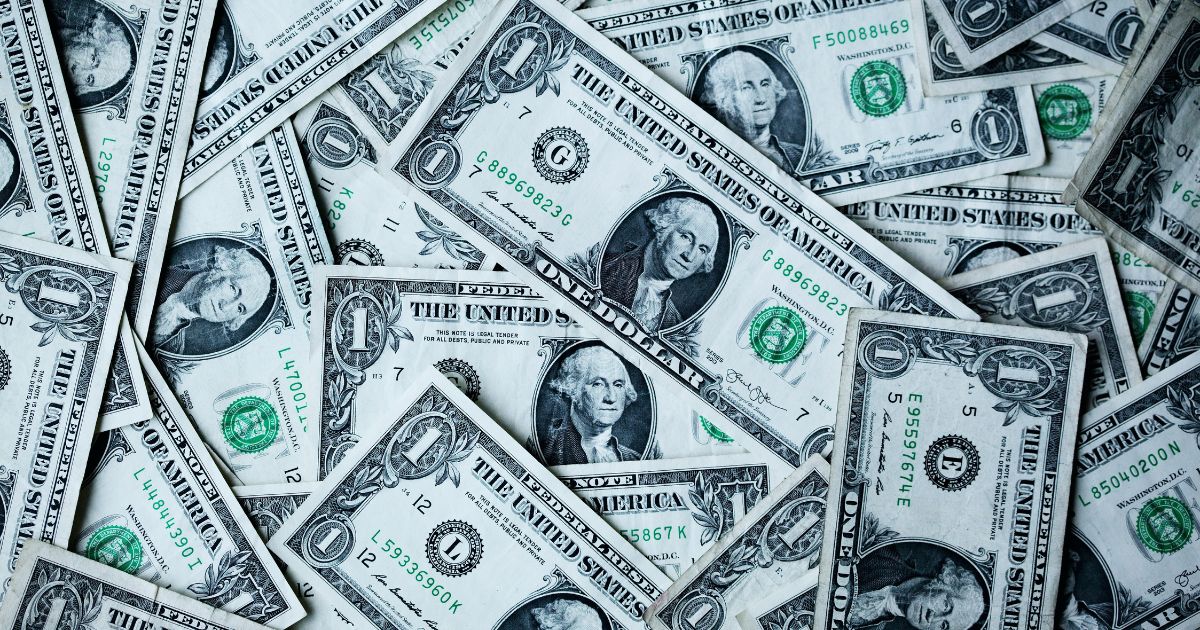New government statistics revealed the US economy expanded much faster than previously estimated – a revelation that bruised expectations that the Federal Reserve will slash rates aggressively over the next few months.
Gross domestic product, measuring expenditures on goods and services, grew at a 3.8% annual rate in the second quarter, a final estimate by the Commerce Department showed.
That was the quickest rate in almost two years, following an outsize upward revision from an original 3% estimate and subsequent revision to 3.3%.
It was fueled by a surge in consumer spending, which rose 2.5% – well above the prior 1.6% estimate and the 0.6% pace during the first quarter.
New Trump-nominated Fed member Stephen Miran, earlier in the day, advocated for an accelerated sequence of 50-basis-point reductions, claiming that existing tight policy can make the economy “more vulnerable to downside shocks.”
Even though markets kept speculating about a quarter-point reduction at the Fed meeting in October, its probability fell after the revision of GDP indicated the economy had been more resilient than anticipated.
The Fed reduced rates last week by a quarter point to 4% to 4.25%, and its dot-plot suggested there would be a minimum of two cuts this year – “but the case for back-to-back cuts is no slam dunk,” wrote Bill Adams, Comerica Bank’s chief economist, in a note following the GDP release.
Spending on intellectual property, such as research and development and software, increased 15%, the fastest rate since 1999. Investment in software and AI contributed to 25th September’s revised growth. Trade tensions have the potential to heavily influence the GDP reading. The first quarter saw GDP contract 0.6% as companies scrambled to bring in foreign goods before Trump’s tariff cut-offs.
“Thursday’s GDP strength probably doesn’t alter the Federal Reserve’s anticipated trajectory of rate cuts, as the data is lagging,” Granite Bay Wealth Management Chief Investment Officer Paul Stanley wrote in a note.
But more recent economic data has been a mixed bag. Retail sales surged over the summer on an unexpectedly robust back-to-school shopping season, but hiring slowed.
Inflation, too, has persisted stubbornly higher than the Fed’s target 2%, rising to a 2.9% rate in August, the Bureau of Labor Statistics’ Consumer Price Index reported.
All in all, the jobless claims fell to 218,000 for the week ended Sept. 20 – a decline of 14,000 from the prior figure and well below expectations of 235,000, the Labor Department reported Thursday.
Although payroll expansion has decelerated and job postings are lower, the initial claims data helped to ease fears regarding the labor market, especially layoffs and firings.
But the Fed linked its September rate cut to rising employment threats, and Fed Chair Jerome Powell previously indicated that a softening labor market would be the justification for loosening policy.
“We may be in one of those cycles again where good news becomes ‘bad news,’” Ken Mahoney, CEO of Mahoney Asset Management, told The Post. “With a better-than-expected GDP and jobless claims not as bad as expected, it starts to dismantle the case for the Fed to keep cutting.”
Comerica Wealth Management’s chief investment officer, Eric Teal, stated, “The stronger economic readings likely provide less cover for additional rate cuts.”
“But real interest rates still are elevated and there is some scope to further stoke demand in more rate-sensitive areas that have been in lockdown, such as housing,” he further added.
Speaking Tuesday, Powell wrote that the economy “is demonstrating resilience in the face of significant shifts in trade and immigration policy.”
He kept the door open for a rate reduction, however, saying policy remains “modestly restrictive” to growth.




